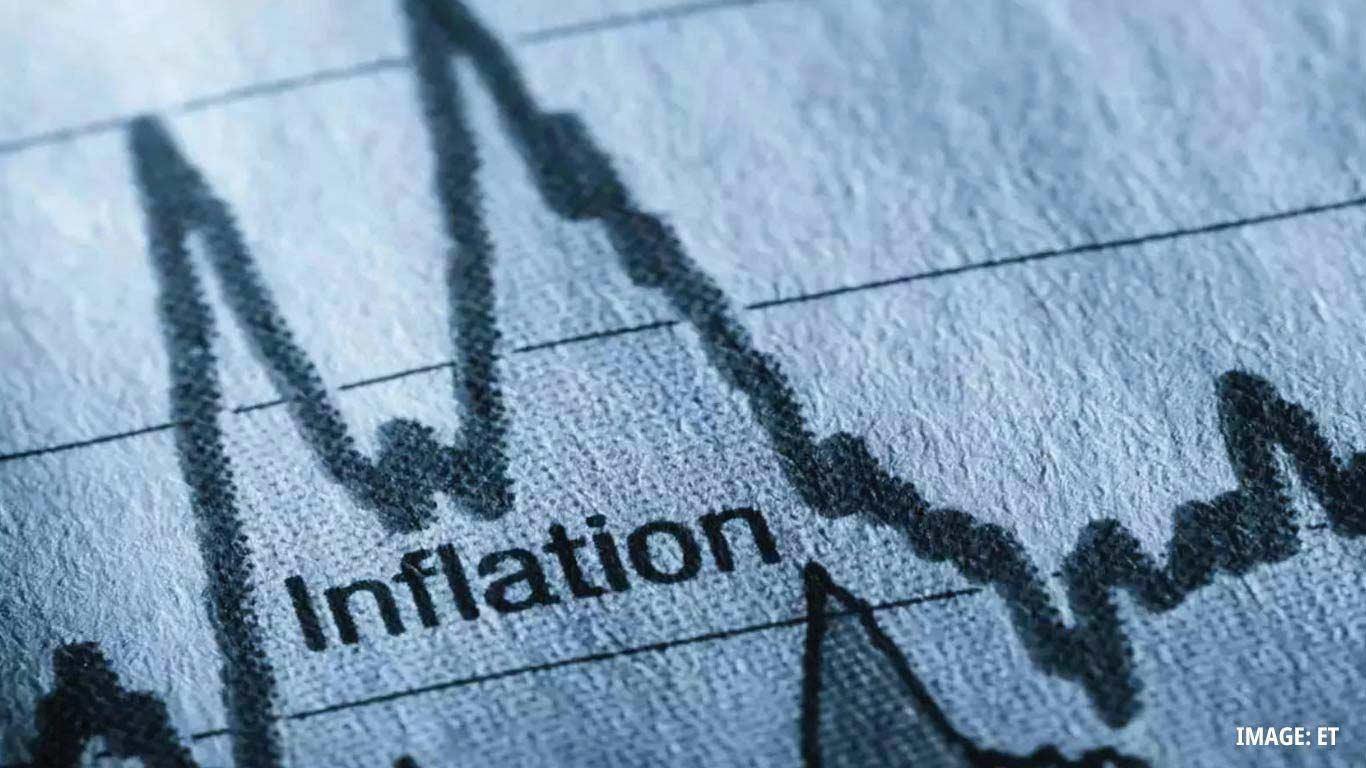
Inflation Expectations Declining As RBI Policies Gain Credibility: Central Bank Research
The research, published in the central bank's July bulletin, examined how different demographic groups perceive and respond to inflation trends.
The study revealed that Indian households maintain elevated inflation expectations even during periods of price stability, showing higher levels compared to professional forecasters.
This persistent tendency suggests that public perception of inflation often differs from expert assessments and actual price movements.
Demographic characteristics significantly influence how individuals form inflation expectations, according to the research. Men, individuals aged 45 and above, self-employed persons, and daily wage workers demonstrate higher inflation expectations than other groups.
The study attributed this pattern partly to the variable income nature of these demographics. Conversely, younger individuals and salaried employees show greater alignment with actual inflation trends, likely due to their increased exposure to financial information and social networks.
The transition to the flexible inflation targeting regime, combined with targeted fiscal measures, has contributed to moderating inflation expectations.
These interventions included strategic export restrictions and reduced import duties implemented at appropriate times. The study noted that declining inflation levels have supported this downward trend in expectations.
However, external disruptions have periodically elevated inflation expectations across multiple categories.
Supply chain disruptions and global inflationary pressures stemming from the pandemic and geopolitical conflicts have particularly affected expectations for headline inflation, food prices, and housing costs.
The research emphasised that elevated food inflation during high-inflation periods can sustain elevated expectations, even though headline inflation carries greater weight in overall expectation formation.
Recent data indicates improvement in this area, with household inflation expectations declining as actual inflation has shown signs of easing.
This development suggests the effectiveness of current monetary policy measures in managing public perception alongside actual price levels.
The study identified macroeconomic volatility, particularly in food prices, as a primary driver of short-term household inflation expectations spanning up to one year.
This influence becomes especially pronounced during periods of adverse weather conditions that affect agricultural production and food supply chains.
The research highlighted a notable distinction in how households form short-term versus long-term inflation expectations.
While immediate expectations tend to rely heavily on personal experiences and current economic conditions, longer-term expectations give greater consideration to historical inflation patterns and monetary policy frameworks.
This finding underscores the importance of consistent policy implementation in maintaining stable inflation expectations over extended periods.
(KNN Bureau)
Legal Disclaimer:
MENAFN provides the
information “as is” without warranty of any kind. We do not accept
any responsibility or liability for the accuracy, content, images,
videos, licenses, completeness, legality, or reliability of the information
contained in this article. If you have any complaints or copyright
issues related to this article, kindly contact the provider above.
Most popular stories
Market Research

- Motif AI Enters Phase Two Of Its Growth Cycle
- BTCC Exchange Announces Triple Global Workforce Expansion At TOKEN2049 Singapore To Power Web3 Evolution
- Moonbirds And Azuki IP Coming To Verse8 As AI-Native Game Platform Integrates With Story
- Pepeto Highlights $6.8M Presale Amid Ethereum's Price Moves And Opportunities
- Industry Leader The5ers Expands Funding Programs To U.S. Traders
- Hola Prime Expands Its Platform Ecosystem With Next-Gen Tradelocker




















Comments
No comment